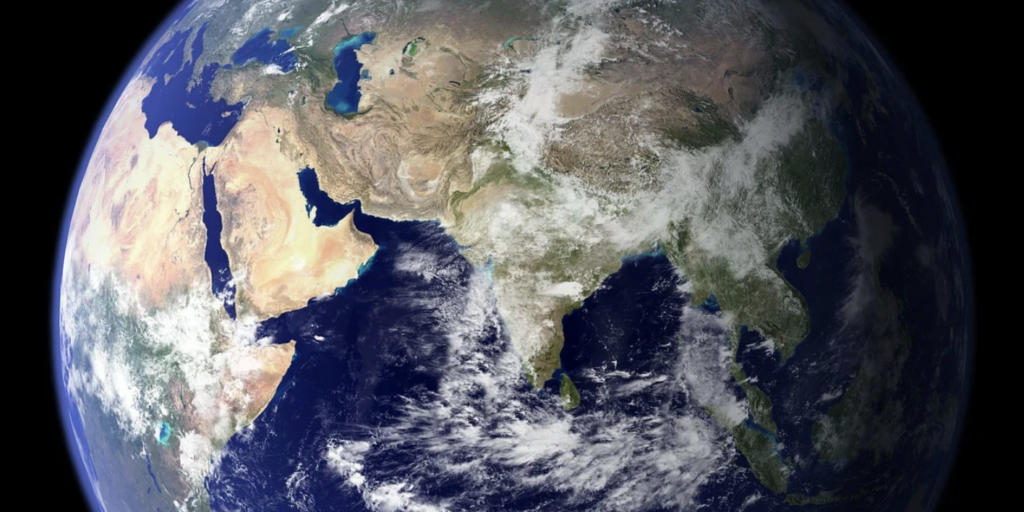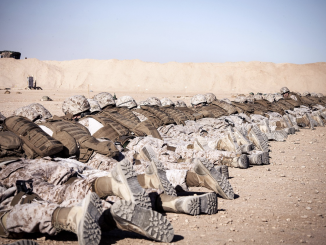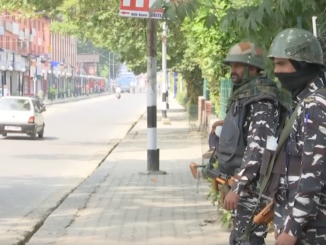
Twenty-two years ago, in May 1998, India and Pakistan carried out a series of nuclear weapons tests. India conducted nuclear tests on 11 and 13May, followed by Pakistan on 28 and 30 May. While addressing the UNGA on 23 Sept 1998, Nawaz Sharif, the then Prime Minister of Pakistan stated, “India has always perceived nuclear weapons as the key to great power status and a permanent seat on the Security Council. It tested nuclear weapons to alter the strategic balance and threatened Pakistan’s security and sovereignty, thus circumstances forced us to test and establish nuclear deterrence in self-defence.” Soon after, the U.S., European Union and other countries imposed sanctions on both states for carrying out the tests. However, in early 2000, the U.S. very publicly set aside concerns about India’s nuclear weapons to embrace India as a new political and strategic ally. Meanwhile, throughout the past two decades India and in response Pakistan have been working on building up their nuclear arsenals. According to recently released Stockholm International Peace Research Institute (SIPRI) Yearbook 2020, India currently has 150 nuclear weapons while Pakistan tally stand at 160. It is important to note that no methodology is provided by SIPRI on how they estimated these numbers.
Pakistan’s strategic community has always objected to these numbers and questioned how Pakistan could possess more nuclear weapons than India, when the latter started its nuclear programme way before Pakistan, has more nuclear reactors than Pakistan that are outside the International Atomic Energy Commission (IAEA) safeguards and has signed civil nuclear deals with 14 countries that allows it to import uranium for use in safeguarded reactors, thus leaving all the domestic uranium reserve for weapon purposes. According to a study by Kalman A. Robertson and John Carlson in 2016, ‘The Three Overlapping Streams of India’s Nuclear Power Programs’, some Indian civil nuclear facilities, even when operating under IAEA safeguards, may contribute to India’s stockpile of unsafeguarded weapons-usable nuclear material. This means that not only the unsafeguarded but even the safeguarded Indian nuclear reactors are contributing towards making fissile material for nuclear weapons, making Indian capacity of producing weapon-usable fissile material unparalleled in the region. Likewise, a study titled ‘Indian Unsafeguarded Nuclear Program’, published by the Institute of Strategic Studies Islamabad (ISSI) and co-authored by four nuclear scholars, estimated that India has sufficient material and the technical capacity to produce between 356 to 492 nuclear bombs. Another study by Dr Mansoor Ahmed for Belfer Center, estimated that India has fissile material for approximately 2261 to 2686 nuclear weapons. These studies and Pakistan’s strategic community arguments raise serious questions on the credibility of the estimates given by SIPRI Yearbook and other Western reports with similar figures.
Most of these Western studies that put Pakistan’s nuclear weapons number slightly above India are politically motivated. In India, the West sees a potential net security provider for the region and a counterweight to China, despite the fact that Nuclear Suppliers Group (NSG) was created because India diverted nuclear fuel from Canadian reactors, supplied for peaceful use, to conduct a nuclear weapons test in 1974. Moreover, India was given the NSG waiver in 2008, which allowed it to enter civil nuclear deals with numerous countries without signing the Nuclear Non-Proliferation Treaty (NPT). Similarly, the West and especially the U.S. providing India with state-of-the-art technology and weapons without any concern for regional stability shows that India is currently a blue-eyed boy of the West and all its faults are being ignored. Through these politically biased reports, a narrative is being created that Pakistan has the fastest growing nuclear program, thus justifying and taking all the attention away from India’s weapons acquisition and its growing nuclear program. Undue Western support for India is making it an irresponsible actor that has no regards for neighbouring countries’ security concerns, which is also visible by the fact that currently, India is involved in border disputes with almost all its neighbouring states. Furthermore, the technology and weapon acquisition by India is leading to the adoption of aggressive doctrines, such as Cold Start and pre-emption, which are highly destabilizing. The Western strategy of making India a net security provider and counterweight to China has serious implications for regional stability. It creates a security dilemma for Pakistan and puts it under immense pressure to take steps to restore regional balance.
![]()




Be the first to comment